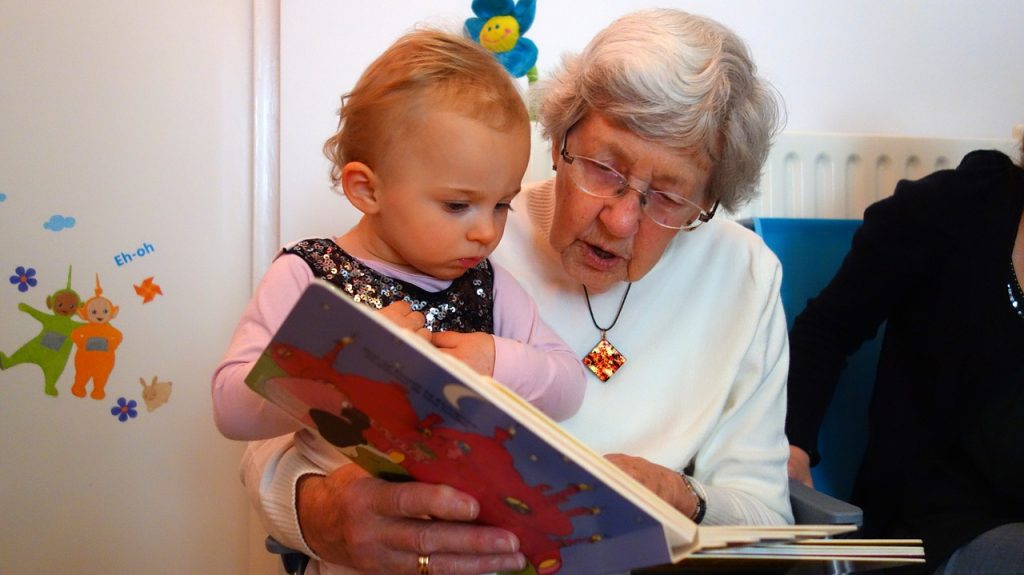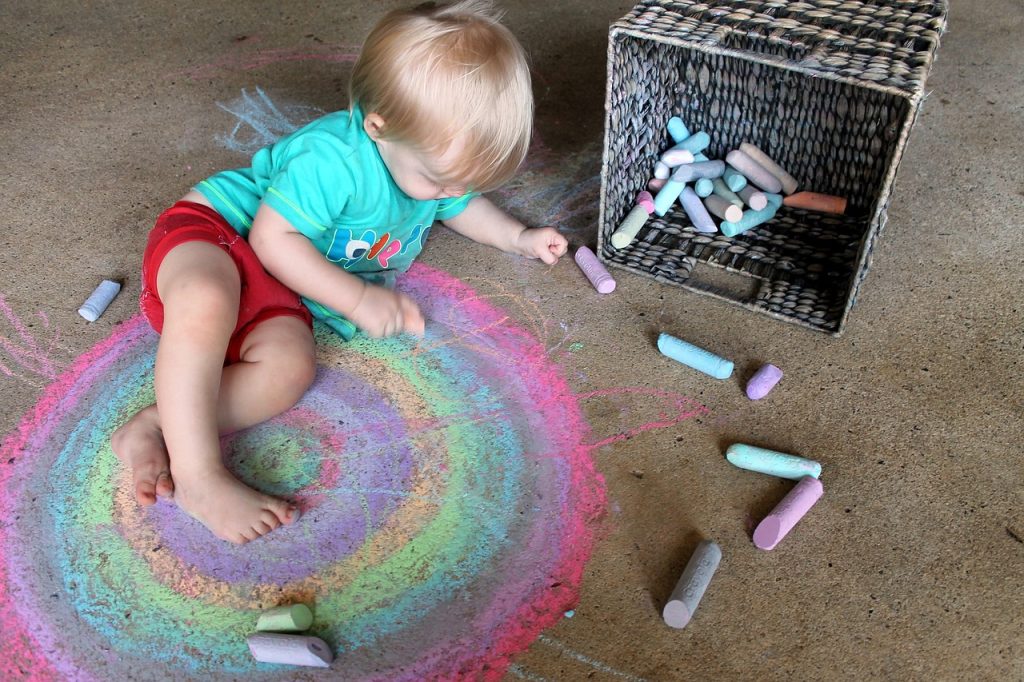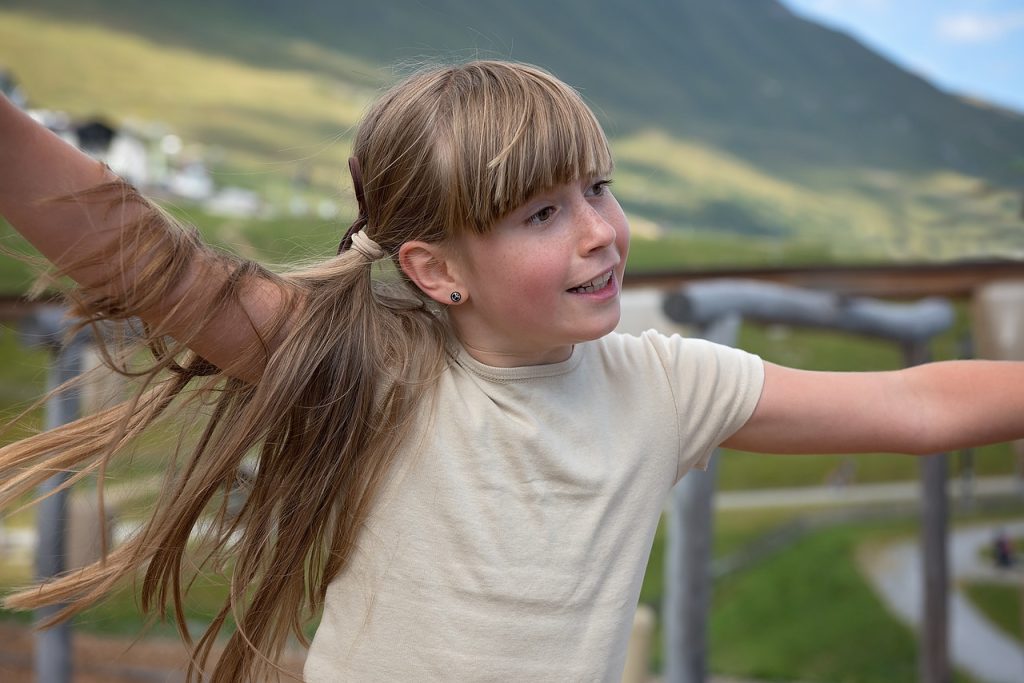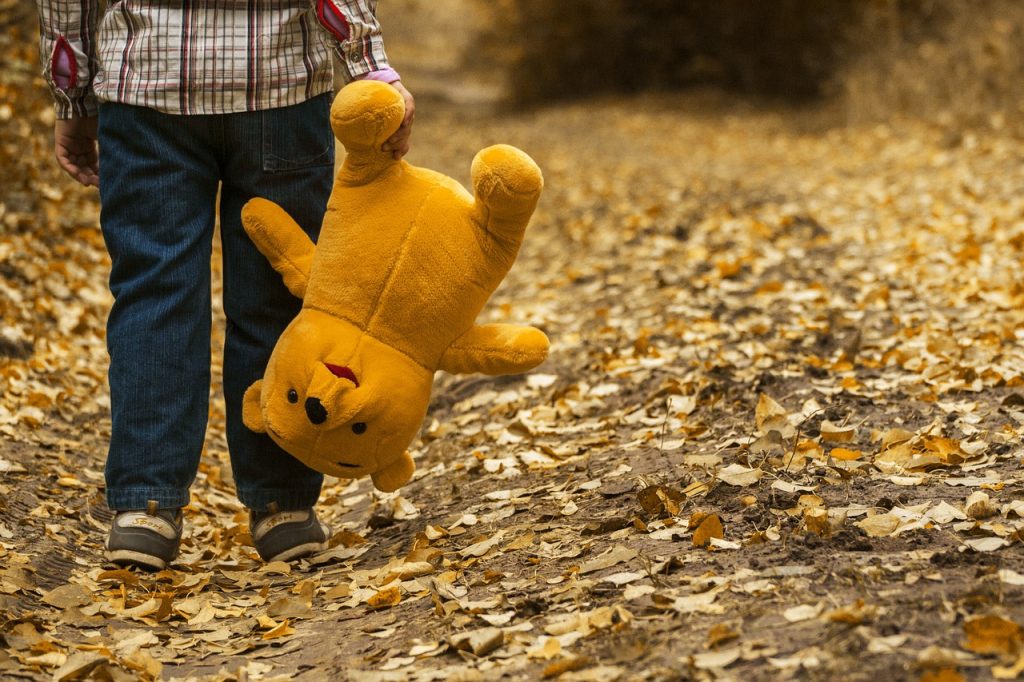‘Tummy time’ can be a daunting prospect. It’s drummed into parents and childcare professionals alike that babies must sleep on their backs and that leaving an infant on their front is risky. But eqaully tummy time is vital to help babies develop strong neck and back muscles from the start and to prevent flat spots which can develop when too much time is spent lying on their back.
The concept of tummy time is simple. You pop baby on their front on a playmat or blanket covering a hard surface and allow them to try to lift their head at first, eventually pushing up with their arms and finally onto all fours so they can crawl. In practice many infants dislike tummy time at first and older babies can get frustrated. Tummy time doesn’t need to last for ours, or even minutes, to be effective right at the start. Even 15 seconds once a day gives a newborn the chance to move their head from side to side, and you can build up gradually. It’s often reassuring to keep a hand on their back so even when they can’t see you they still have that comforting contact. If a baby starts to cry or show signs of frustration or distress then it’s a sign that tummy time is over.
As they grow and become aware of their surroundings you can play games while they lie on their tummies. Try shifting position relative to their head and saying their name – they should look around to locate you. Another big hit once they can push themselves up a little is a child-safe mirror propped up in front of them. They will be fascinated by the other baby that they see there. Lie on the floor in front of them and make faces – anything that keeps them amused also gives them time to strengthen those important muscles.
Mix things up by altering the place you put baby down. Change the angle of elevation if you have a firm pillow or nursing cushion – put it under their torso with their arms in front. This can be really good for babies suffering from reflux as it keeps them slightly upright. You can also do very short bursts, for example after blowing a raspberry on their tummy when changing their nappy quickly roll them over to blow a few on their back too.
To encourage a baby to reach out and eventually crawl put a favourite toy just in front of them and allow them to grab it and pull it closer. as they grow place the toy further away as an incentive to get on the move. Crawling can also be easier if you remove unnecessary or constricting clothes before tummy time, just make sure the room is nice and warm.
Tummy time can be done anwhere – inside, upstairs, downstairs, outside on grass or sand – as often and for as long as you like. The most important thing to make it fun and give your baby a chance to develop.









